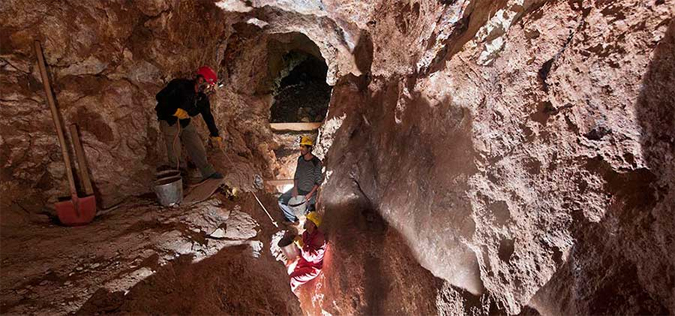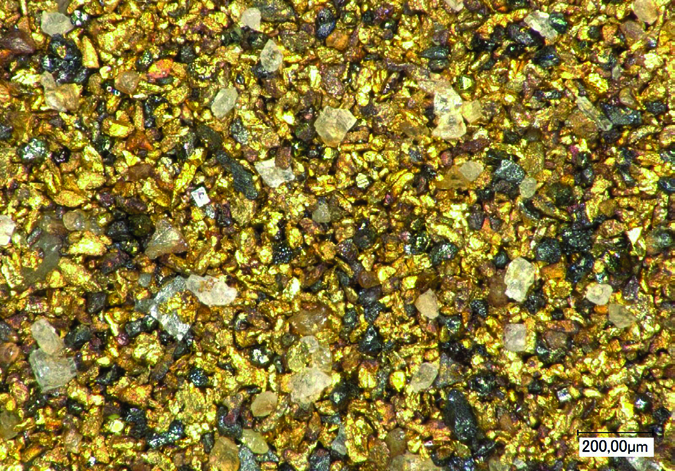Gold in Georgia
Contact: Prof. Dr. Andreas Hauptmann
andreas.hauptmann@bergbaumuseum.de

Georgia offers ideal conditions for following gold’s “metallurgical chain” from ore to metal. Gold deposits make it possible to take samples of the precious metal for analytical purposes. In the Bolnissi district, the oldest prehistoric gold mine found, so far, has been identified. Numerous Georgian gold artefacts have been sampled in order to compare them with native gold for provenance studies. The innovative character of this project lies in the fact that it explores early extraction and distribution of gold, which has been difficult because of limited field findings (low concentrations of gold) and (minor-destructive) analytical techniques used on gold objects.
Early Bronze Age Gold Mine of Sakdrissi
The starting point for this archaeology of mining research was the Early Bronze Age gold mine of Sakdrissi (4th millennium BC), which has been the subject of research since 2004. The mine is situated in a gold-mining district in the central Mashavera valley. The excavation aims to investigate the gold mine and to estimate its yield using docimasy. In the contemporaneous settlement of Balitshi-Dzedzvebi, Bronze Age workshops have been excavated which provided evidence of both metallurgical and processing activities. Graves from the same period have also been examined. Another aim of this research is to discover how gold mining fit into the Kura-Araxes economic system.Diachronic Survey of Gold Technology
In parallel to these studies, a doctoral thesis began in 2011, which utilized analytical studies of native gold and gold artefacts in Georgia. The aim of this analysis is a diachronic survey of gold technology, and provenance studies of the gold. Particular attention will be paid to gold objects from the Hellenistic settlement of Vani (Kolchis). In this period, the process of parting gold and silver evidently brought purified gold into circulation.
